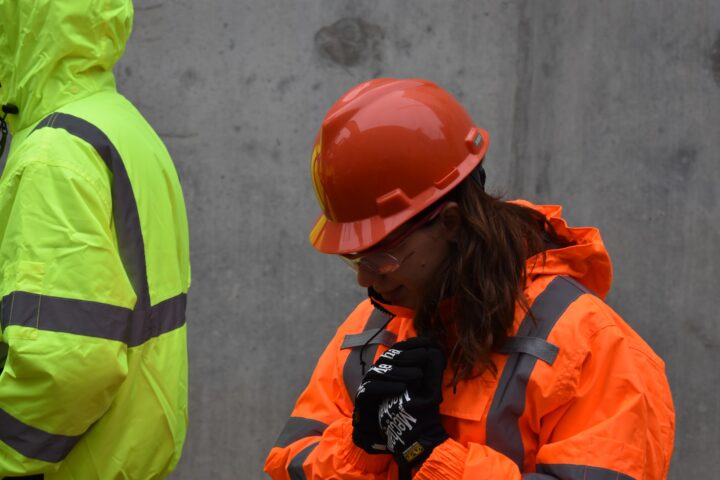Feminist leadership is a process by which women assert their rights by continually evaluating relevant experiences. They question their roles in society, challenge power structures, and effectively catalyze positive social change. Studies show women can establish leadership styles that are inclusive and non-oppressive. The method they use is called feminist leadership which incorporates the inclusiveness, feminist theory, participation democracy, and accountability.
Feminist leadership incorporates the inclusiveness, feminist theory, participation democracy, and accountability in decision making. Women in the United States are disproportionately affected by poverty and lack of education. These challenges are intrinsically related to their values as well as their physical abilities. Women have less access to crucial resources and are therefore less powerful at the decision making levels. This can be changed by expanding the ability of women to make their voices heard. However, it is difficult for women to challenge the patriarchal status quo because it is embedded in world history and culture. .
Feminist leadership and feminist theory are two distinct yet complementary components. Theory is based on broad analyses of the world in its broadest sense. Feminist leadership processes are techniques that individual feminist leaders use to affect social change. Feminist leadership techniques are the tools that translate feminist theory into a systematic approach to organizing. Both feminist leadership and feminist theory apply to sex, racism, ageism, and heterosexism. By virtue of their ethnicity and sexual orientation, they define their experience in terms that are a mix of universal and specific.
While the feminist leadership tools have been used in various styles by various people, they are continuously being developed and tested. The tools are as follows.
One is the use of consciousness raising groups. Consciousness raising groups (CRGs) are a kind of meeting, often conducted in small groups. The CRGs are used for the purpose of gaining a deeper understanding of societal oppression, sexism, racism, ageism, and heterosexism. Another thing that women can do is the use of consciousness raising groups (CRGs). CRGs are sometimes held in small groups. The CRGs are used for the purpose of gaining a deeper understanding of societal oppression, sexism, racism, ageism, and heterosexism. The purpose of a CRG is to make women aware of the institutions they are part of that oppress people. CRGs can be incorporated into larger-scale educational workshops or political organizing functions.
Another way to foster feminist leadership is through consciousness raising groups (CRGs). CRGs are groups where women are encouraged to see themselves as women and as part of society. They do this by raising their consciousness, or gaining a heightened awareness. They do this through sharing their experiences and working in small groups. Together they try to find ways to change oppressive systems in the long term. Some of the ways that women would change oppressive systems is by engaging at the local, state, national, and international levels.
The final major tool of feminist leadership (and probably the most important) is presence, non-oppression/caring discourse, and accountability. Presence means being sufficiently comfortable with your sexuality, in your own skin. Non-oppression/caring discourse is a kind of conversation that seems to come naturally to many feminists. It is the kind of conversation that emphasizes listening and respect. The last tool of feminist leadership is accountability. Even though groups are united in bringing about social change, and some groups can have narrower goals, they are all accountable to people they are trying to reach. This means they must be faithful to their goals and vision.
In conclusion, these feminist leadership tools and theories can make women feel empowered. Some women feel that they have extremely strong ideas and values, but they are isolated and usually ignored.









